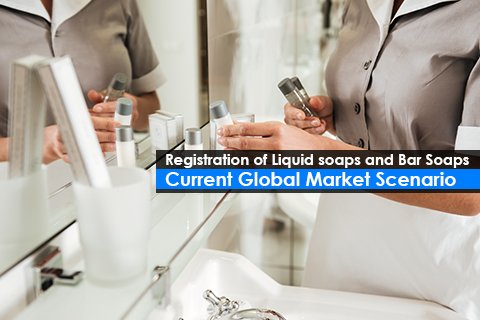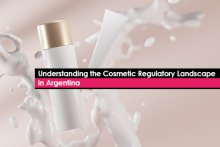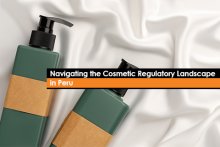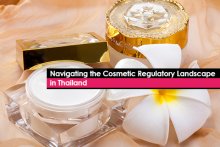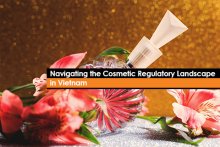Starting early 2020, due to the outbreak of COVID-19, it is observed that the demand and prices for soaps across the supply channels (at supermarkets, convenience stores, hyper markets, wholesalers, drugstores and pharmacies) have increased by a noticeable margin. Liquid based products, sold in hyper markets networks have gone up by almost 5 to 6 percent (%), whereas, on the other hand the prices of diced goods were around 12 percent (%) cheaper.
The trigger for the price rise of liquid-based soaps may be rooted to the World Health Organization’s (WHO’s) one of the precautionary steps to combat the COVID-19 i.e., to continuously wash hands. In addition, liquid soaps intrinsically have an advantage of their dispensing system which allows one to use their elbow to pump the soap. In a way, these products considered as a much safer, handy and effective tools to combat the pandemic and apart from being useful in households, these can also be easily adopted to public places like institutions, organizations etc.
To address this rising demand for liquid and bar soaps, many brands and businesses are aiming to enter the global market with their needful products. Before entering the global market, manufacturers, however, must develop market-specific Regulatory strategies. Because, each market has its own set of Regulatory framework, exclusivities and product classifications for soaps to ensure distribution of only safe and effective products.
Therefore, it is imperative for manufacturers to decode and understand the Regulatory requirements of their liquid soap / bar soap’s category and respective governing rules of local Health Authority to register their products successfully. Sometimes, even a global company with many regional touchpoints may miss out on local regulations. But it will not be the case with a Proven Regulatory expert. Reach out to an expert. Stay informed. Stay compliant.

